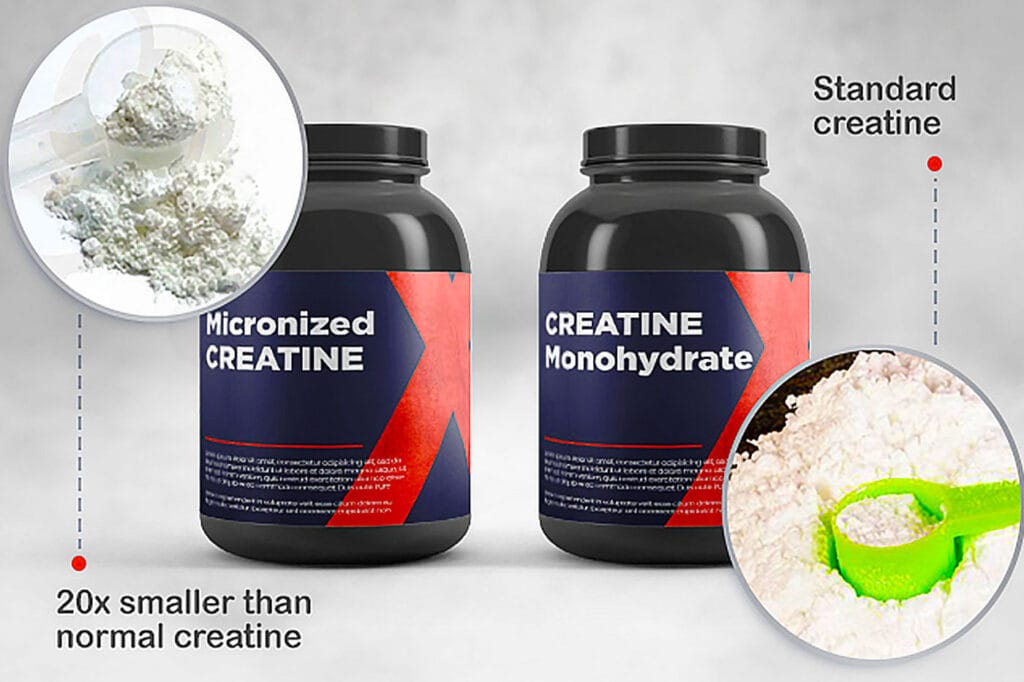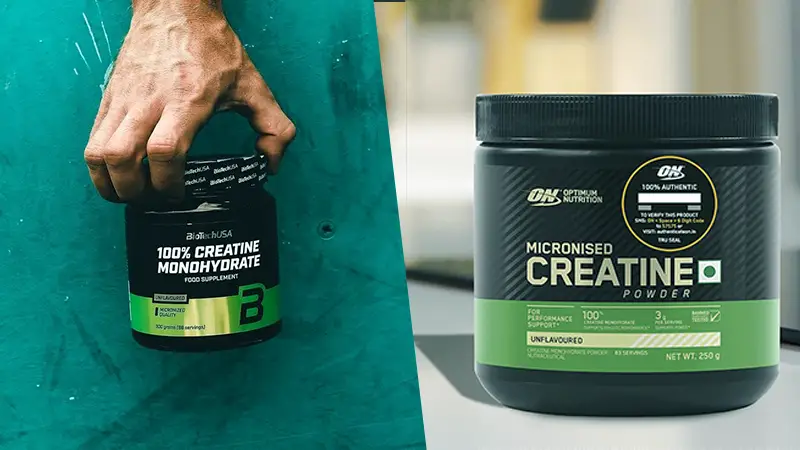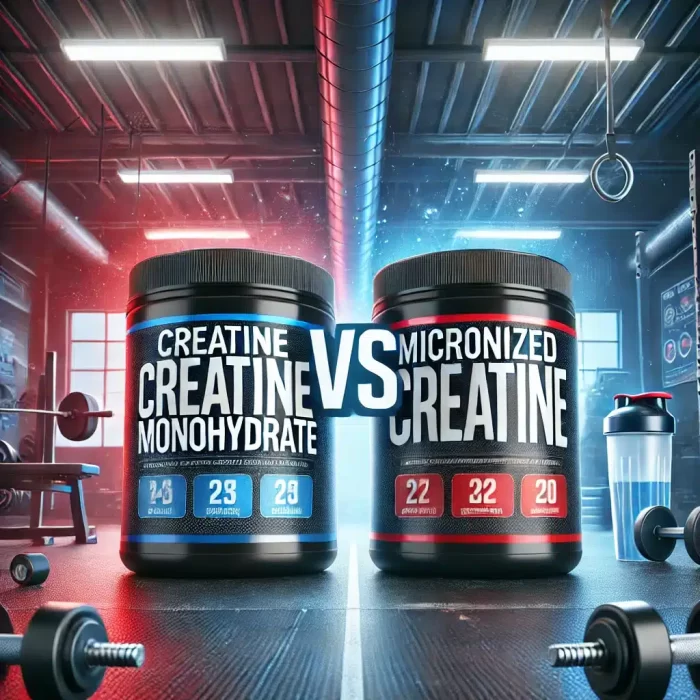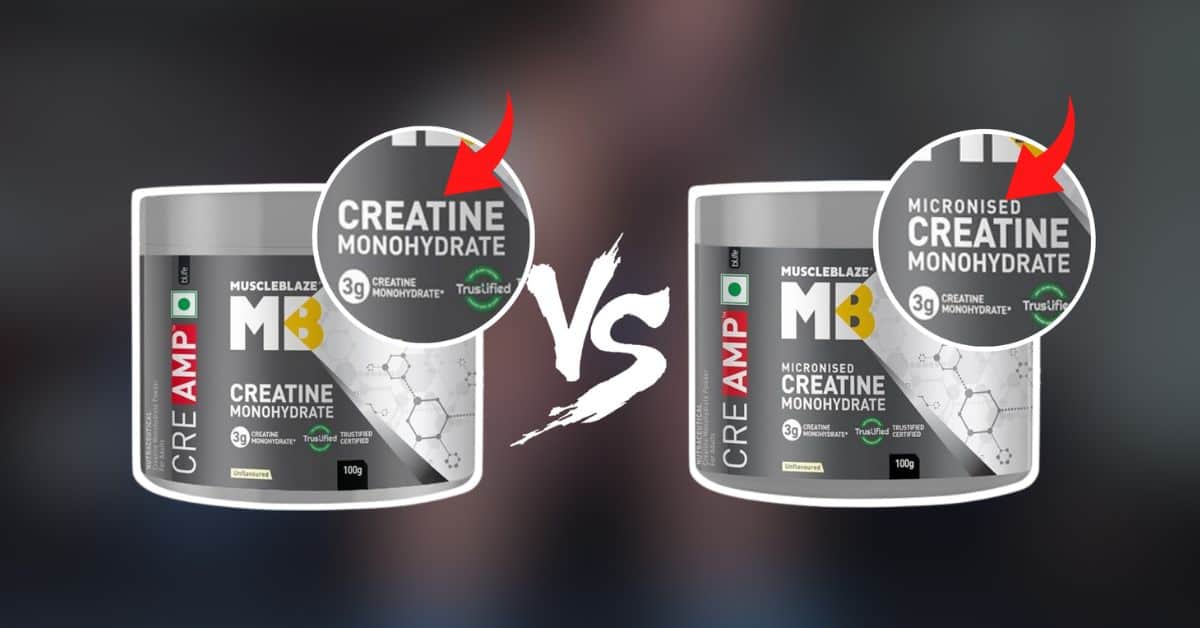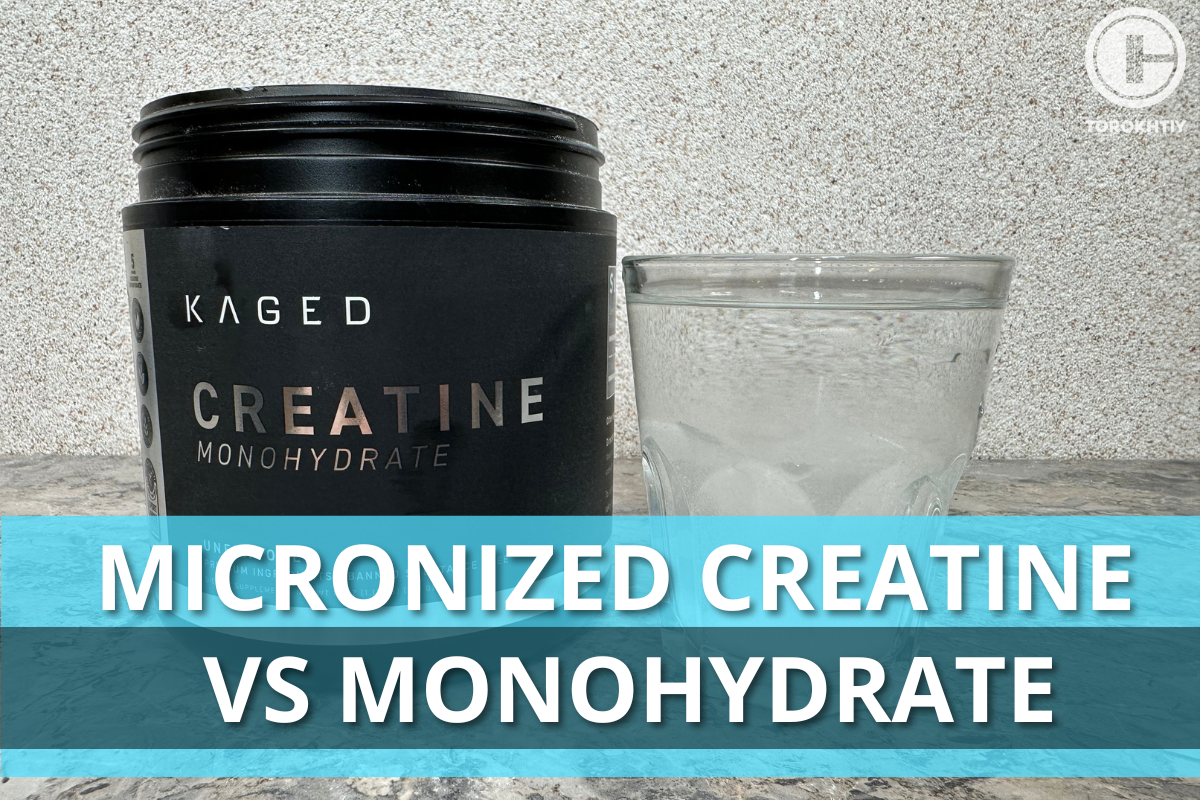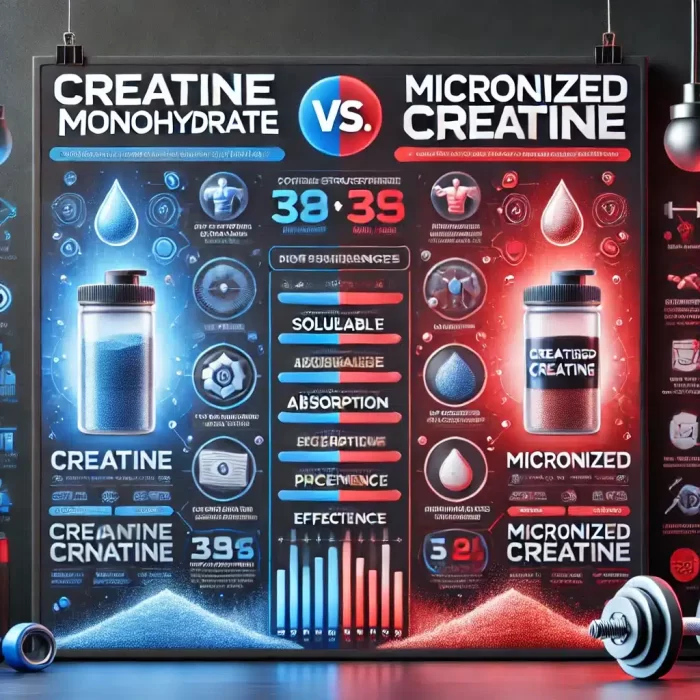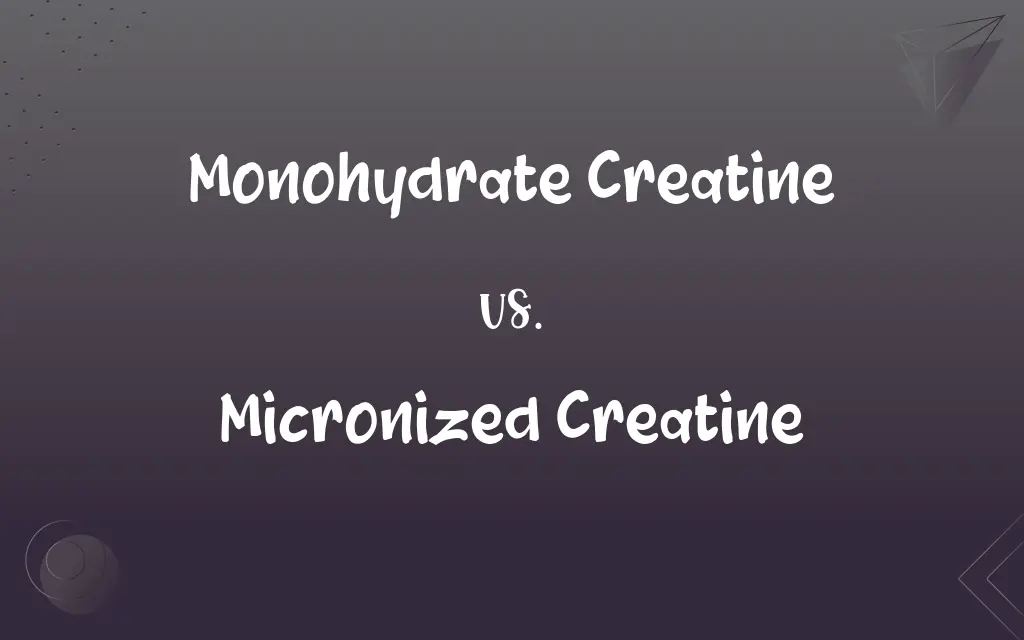What Is The Difference Between Micronized Creatine And Creatine Monohydrate
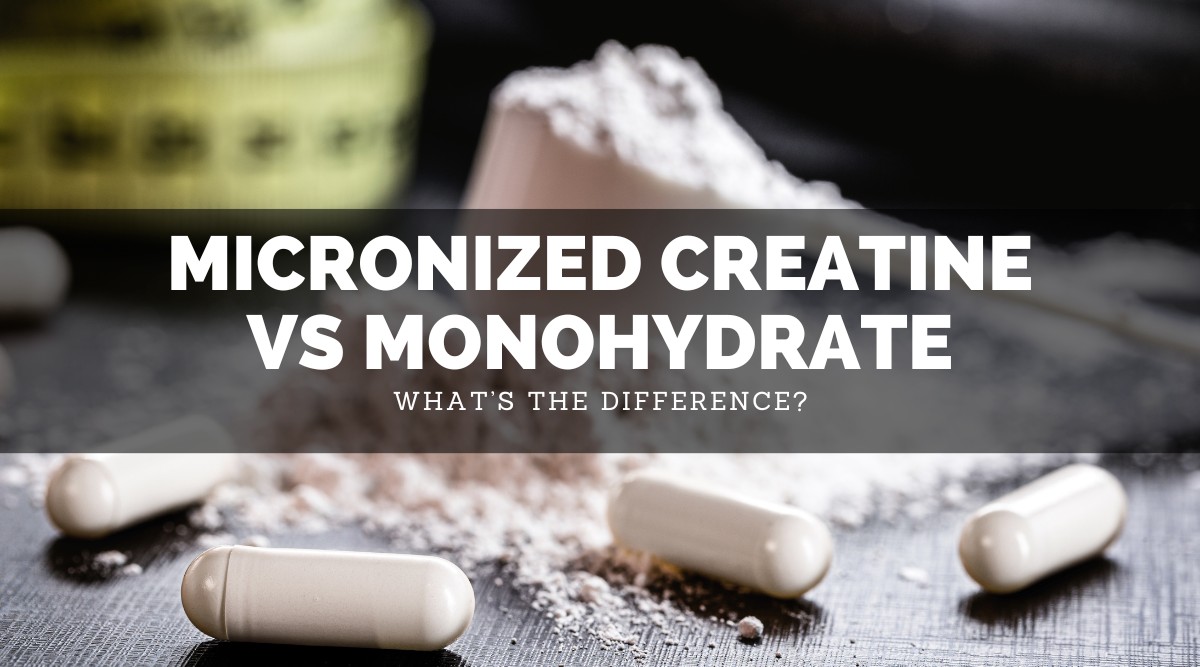
In the relentless pursuit of enhanced athletic performance, athletes and fitness enthusiasts constantly seek edges – legal and effective ones. Among the most widely researched and used supplements is creatine. However, navigating the world of creatine supplements can be confusing, particularly when faced with choices like creatine monohydrate and micronized creatine.
This article breaks down the core differences between these two forms of creatine, analyzing their properties, absorption rates, potential benefits, and any considerations for choosing one over the other. Understanding these nuances is crucial for making informed decisions about supplementation and optimizing training outcomes.
Creatine Monohydrate: The Gold Standard
Creatine monohydrate is the most extensively studied and commonly used form of creatine. It consists of a creatine molecule bound to one molecule of water. Its efficacy in improving strength, power, and muscle mass is backed by a vast body of scientific literature.
Numerous studies have demonstrated its positive effects on athletic performance, making it the benchmark against which other creatine forms are often compared. For example, the Journal of the International Society of Sports Nutrition has consistently published research supporting the benefits of creatine monohydrate.
Mechanism of Action
Creatine works by increasing the availability of adenosine triphosphate (ATP), the primary energy currency of cells. By boosting ATP levels, creatine helps delay fatigue and enhances muscle contractions during high-intensity exercise.
It also promotes cell volumization, drawing water into muscle cells, which can contribute to muscle growth and a fuller appearance. Furthermore, creatine can stimulate protein synthesis, further supporting muscle development.
Micronized Creatine: A Refined Version
Micronized creatine is essentially creatine monohydrate that has undergone a process to reduce the particle size. This micronization involves breaking down the creatine crystals into much smaller particles, typically around 20 times smaller than regular creatine monohydrate.
The primary goal of micronization is to improve solubility and absorption. Smaller particles dissolve more readily in liquid, potentially leading to better digestion and reduced gastrointestinal discomfort.
Enhanced Solubility and Absorption?
Proponents of micronized creatine argue that its improved solubility translates to faster absorption and less bloating. Since smaller particles dissolve more easily, they are theoretically absorbed into the bloodstream more efficiently.
However, while the improved solubility is undeniable, the actual difference in absorption rate compared to regular creatine monohydrate may be minimal. Some studies suggest that while micronized creatine might dissolve faster in a glass of water, the physiological impact on absorption might not be significantly different for most individuals.
Key Differences Summarized
The main difference between creatine monohydrate and micronized creatine lies in their particle size and solubility.
- Particle Size: Micronized creatine has significantly smaller particles than creatine monohydrate.
- Solubility: Micronized creatine dissolves more easily in liquid.
- Absorption: While theoretically faster, the practical difference in absorption rate may be negligible for many users.
- Gastrointestinal Discomfort: Micronized creatine might cause less bloating or stomach upset for some individuals.
- Cost: Micronized creatine is often more expensive than creatine monohydrate due to the additional processing involved.
Which One Should You Choose?
The choice between creatine monohydrate and micronized creatine depends largely on individual preferences and tolerance. For most people, creatine monohydrate remains the most cost-effective and well-proven option.
Its efficacy is well-established, and its affordability makes it accessible to a wide range of users. However, individuals who experience gastrointestinal issues like bloating or stomach cramps with regular creatine monohydrate may find micronized creatine a more comfortable alternative.
Considerations for Sensitive Stomachs
Some people are more sensitive to creatine monohydrate, experiencing bloating, stomach cramps, or diarrhea. This is often due to the larger particle size and slower dissolution rate, which can draw water into the intestines.
In such cases, micronized creatine might be a better choice. The smaller particles dissolve more readily, reducing the likelihood of gastrointestinal discomfort.
Dosage and Usage
The recommended dosage for both creatine monohydrate and micronized creatine is generally the same. A common protocol involves a loading phase of 20 grams per day for 5-7 days, followed by a maintenance phase of 3-5 grams per day.
It's essential to stay well-hydrated when taking creatine, regardless of the form. Drinking plenty of water helps facilitate creatine uptake into muscle cells and minimizes the risk of dehydration.
Looking Ahead: The Future of Creatine Research
While creatine monohydrate and micronized creatine are well-established supplements, ongoing research continues to explore novel creatine forms and delivery methods. Scientists are investigating creatine derivatives like creatine ethyl ester and buffered creatine (Kre-Alkalyn) to assess their potential benefits and drawbacks.
Further studies are also examining the effects of creatine on cognitive function, bone health, and various other aspects of human health. As research progresses, our understanding of creatine and its applications will continue to evolve.
Ultimately, both creatine monohydrate and micronized creatine are effective supplements for enhancing athletic performance. The best choice depends on individual factors such as budget, tolerance, and personal preferences. By understanding the differences between these two forms, individuals can make informed decisions to optimize their training and achieve their fitness goals. Choosing either form of creatine will provide benefits for those seeking to enhance their performance.


